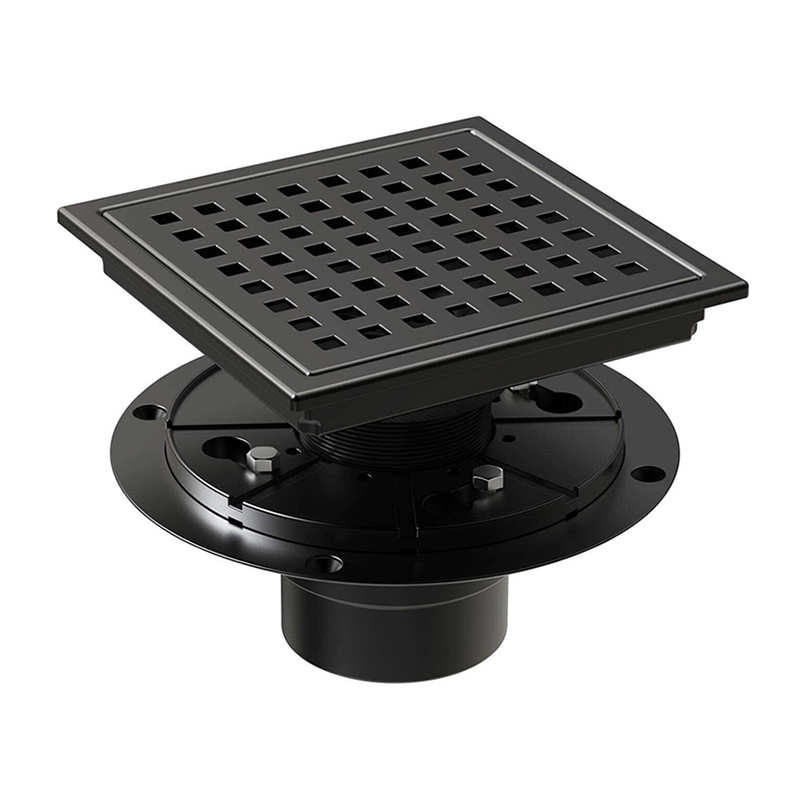How Do I Clean A Shower Drain?
A slow-draining shower is often caused by a combination of hair, soap scum, and skin particles accumulating in the pipe. Regular cleaning can prevent complete clogs and maintain proper drainage. Here’s a systematic approach, starting with the simplest methods.
Step 1: Remove Visible Debris from the Drain Cover
This is the easiest first step and often solves the problem immediately.
What to do: Put on rubber gloves. Simply lift out the drain cover or stopper. Many modern covers pop straight out, while others may need to be unscrewed or lifted with a tool. Once removed, pull out any hair and gunk wrapped around the stopper or visible in the drain opening. Use a bent paperclip or your gloved fingers to hook the debris.
Step 2: The Boiling Water Flush
Hot water can melt and dislodge the greasy soap residue that binds hair together.
What to do: Carefully boil a full kettle or large pot of water. Slowly pour the boiling water directly down the drain in two to three stages, allowing the hot water to work for a few seconds between each pour. This is an excellent maintenance step to do weekly.
Step 3: Manual Extraction with a Drain Snake (Best Method)
For clogs that are just out of reach, a drain snake is the most effective tool. It physically hooks and pulls out the clog.
What to do:
Insert a plastic drain snake into the drain.
Push it down until you feel resistance—this is the clog.
Rotate the tool slightly and push a bit further to ensure the hooks grab the hair.
Slowly and steadily pull the snake straight out. The hair and sludge should come with it.
Tip: Have a trash bag ready, as the result will be messy. This method is highly effective and avoids harsh chemicals.
Step 4: Deep Clean with Baking Soda and Vinegar
If slow drainage persists, this natural, fizzy reaction can help break down remaining organic matter and deodorize the drain.
What to do:
Pour about ½ cup of baking soda directly down the drain.
Follow it immediately with ½ cup of white vinegar. It will bubble and fizz.
Let the mixture sit for at least 30 minutes (or ideally, overnight for a tough clog).
Flush the drain with another pot of boiling water to wash the dislodged debris away.
Step 5: Plunger Force
For a stubborn clog that is causing standing water, a plunger can create pressure to dislodge it.
What to do:
Ensure there is enough water in the shower base to cover the rubber cup of the plunger.
Place the plunger firmly over the drain to create a tight seal.
Push down and pull up vigorously several times. The goal is to create suction that pulls the clog up or pushes it through.
Remove the plunger and check for drainage.
What to Avoid
Harsh Chemical Drain Cleaners: It is strongly advised to avoid liquid drain openers. They are caustic, can damage your pipes (especially PVC pipes) over time, are harmful to the environment, and are often ineffective against hair clogs. They can also create dangerous splash-back.
Prevention: The Best Strategy
Keeping your drain clear is easier than unclogging it.
Use a Drain Cover: A simple, inexpensive hair catcher is the most effective tool. It traps hair before it enters the drain. Clean it after every shower.
Weekly Maintenance: Once a week, pour a pot of boiling water down the drain to melt away accumulating soap scum.
Monthly Deep Clean: Perform the baking soda and vinegar treatment monthly to keep pipes fresh and clear.
When to Call a Professional
If you have tried all these methods and the drain remains completely blocked or continues to drain very slowly, the clog may be deep within the pipes. At this point, it's best to call a professional plumber. They have powerful tools like motorized augers (snakes) and hydro-jetters to clear severe blockages without damaging your plumbing.

Previous: How To Unclog Shower Drain?



